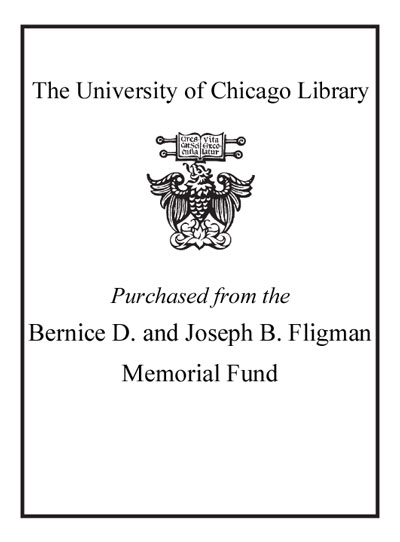Review by Choice Review
The 150 kimonos in the Montgomery collection reflect the great cultural and social changes in Japan from the 1860s to the 1950s. Starting with the rich and long tradition of the kimono, Van Assche, curator of exhibitions on Japanese art and dress, examines the making of the kimono--textile fibers; dyes; the techniques of weaving, dyeing, and printing; and patterns and motifs. Kimonos were worn by women, men, and children every day and for formal and ceremonial occasions. After Japan's ports were opened up for trade, the country's participation in several world's fairs emphasized its new exchange with the West. The strong modernization effort brought technological improvements to the silk industry, giving rise to exports to Europe. Through European influence, a mixture of styles, along with a fashionable, casual kimono, became part of modern women's dress. Art Nouveau and Art Deco styles that synthesized both the East and the West influenced the motifs and patterns of the kimono, allowing those adhering to tradition to look modern alongside Western dress, which was gaining popularity. High-quality color photographs and period pictures illustrate this sumptuous volume, which should interest experts and laymen alike. A chronology and bibliography are included. ^BSumming Up: Highly recommended. General readers; upper-division undergraduates through professionals. M. Tulokas Rhode Island School of Design
Copyright American Library Association, used with permission.
Review by Choice Review

